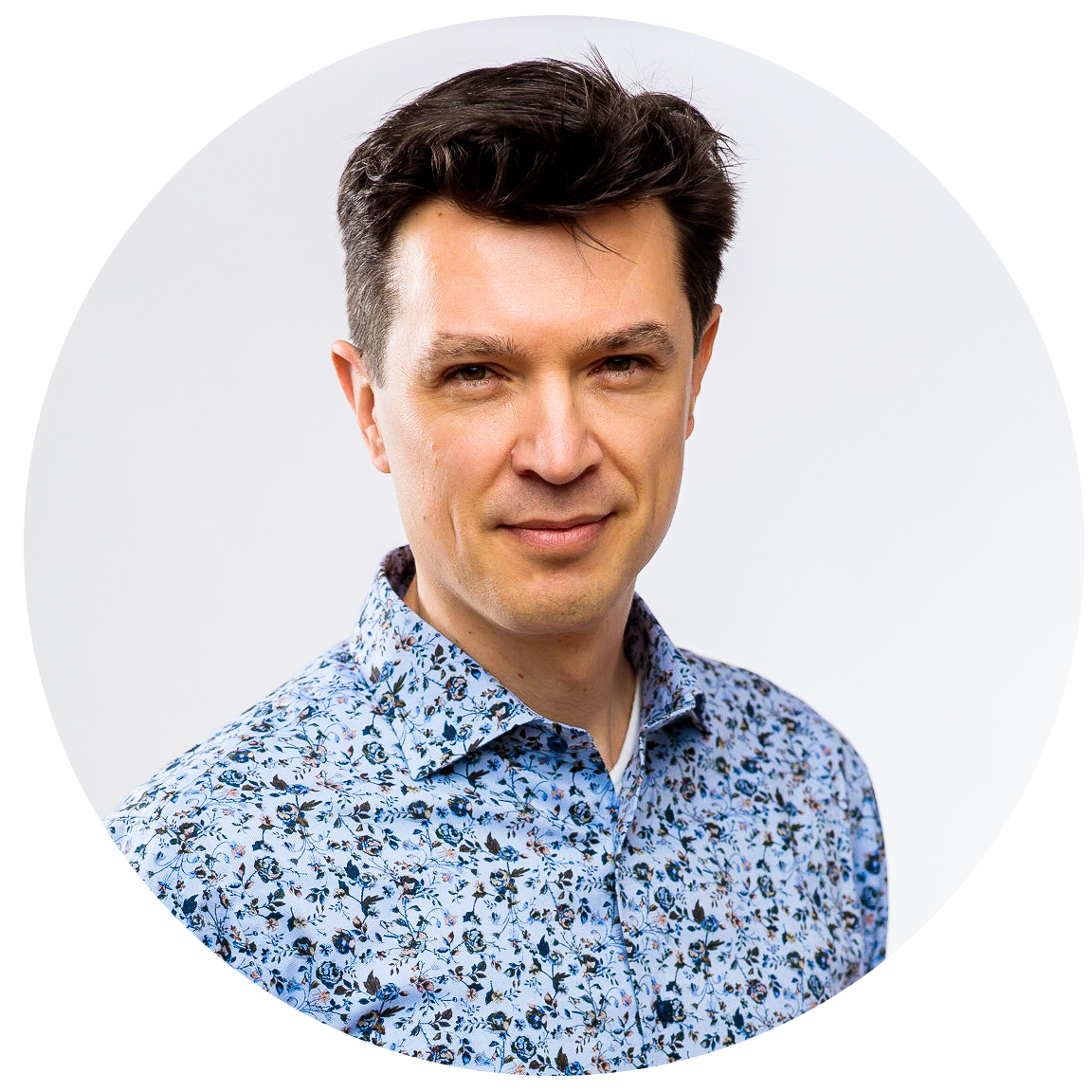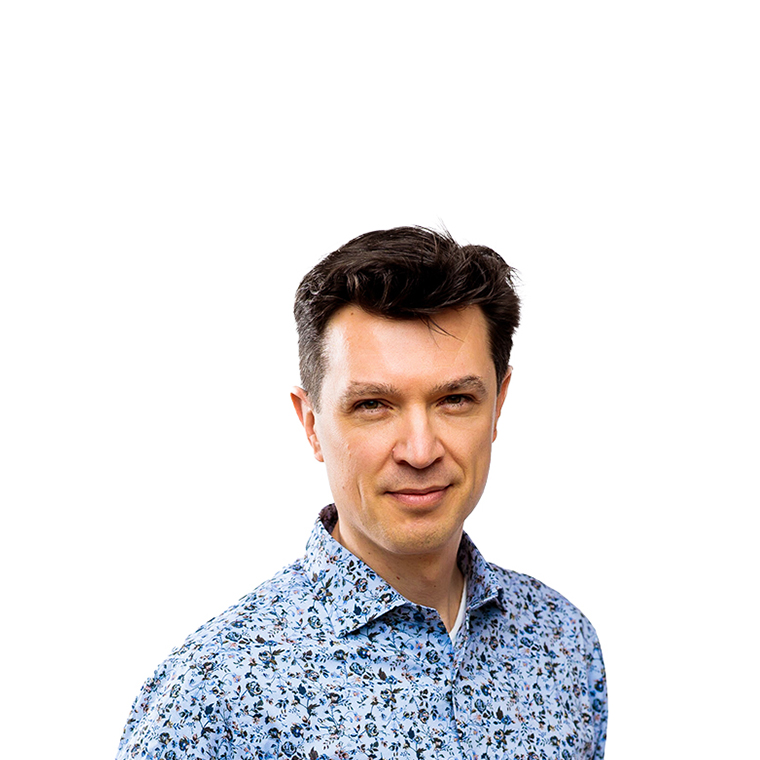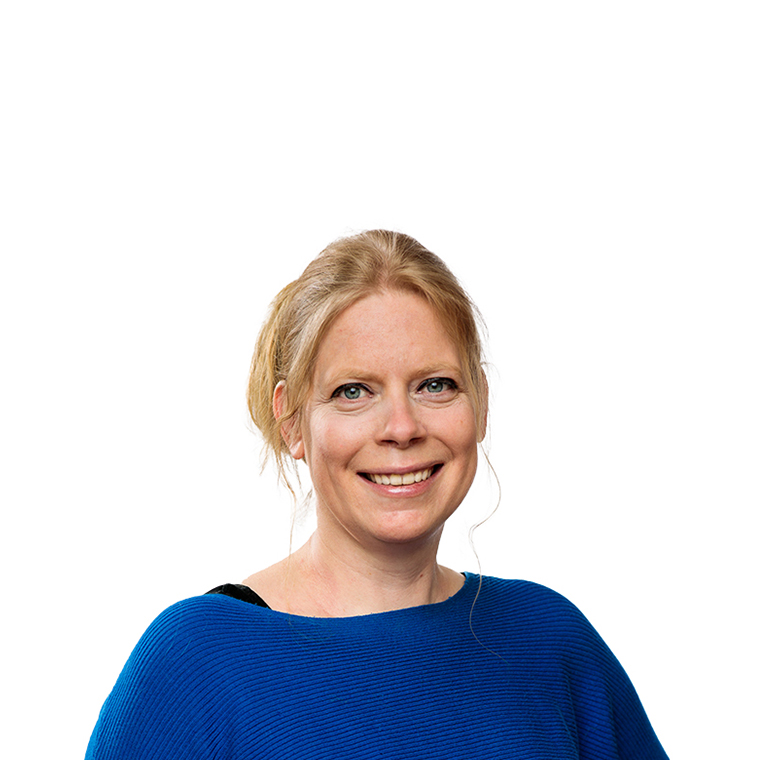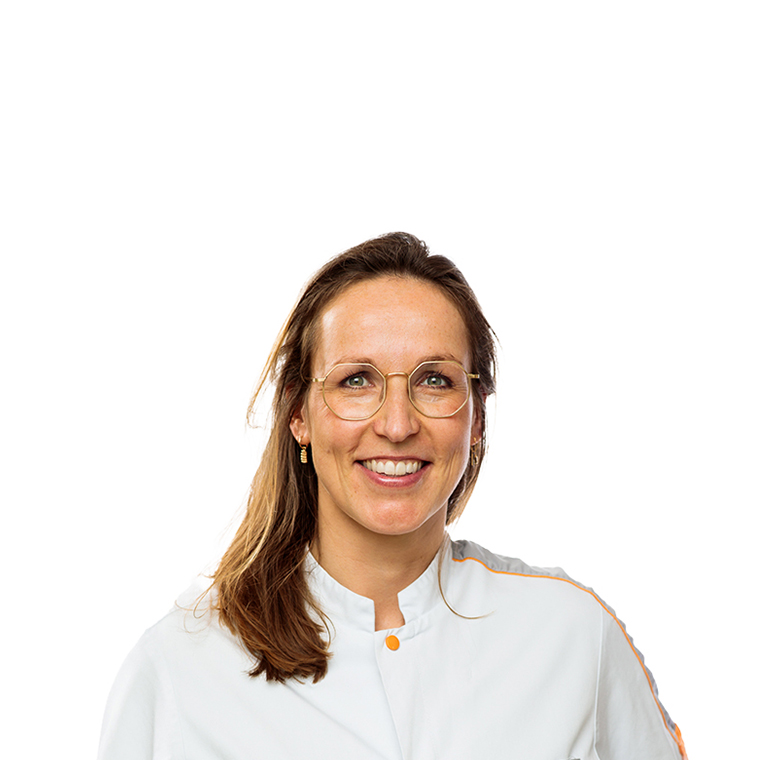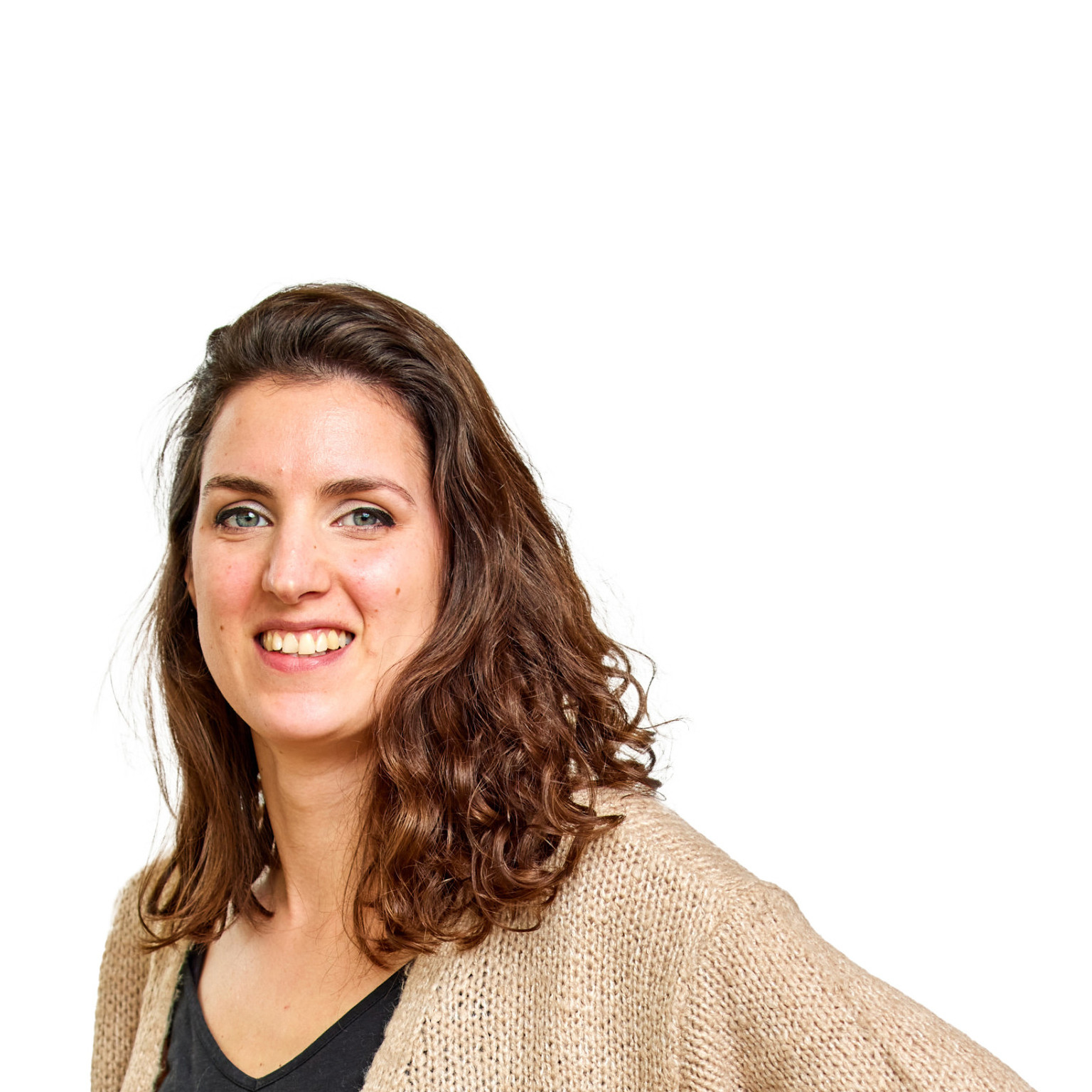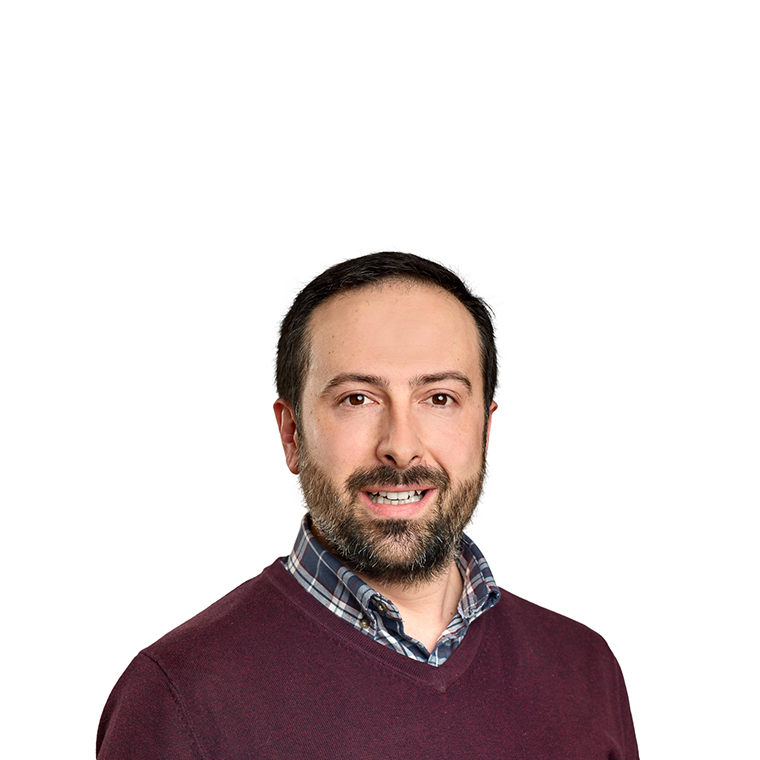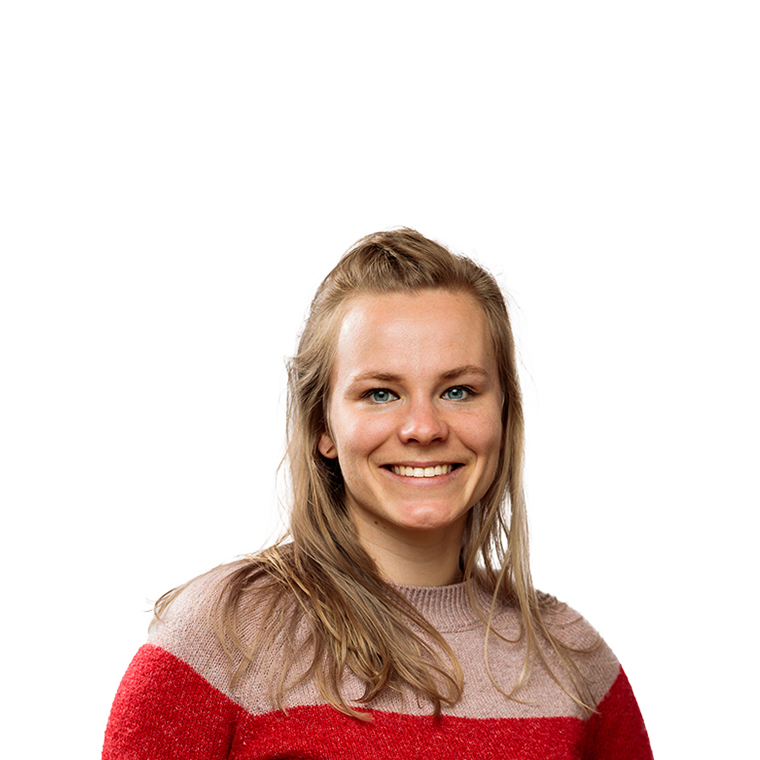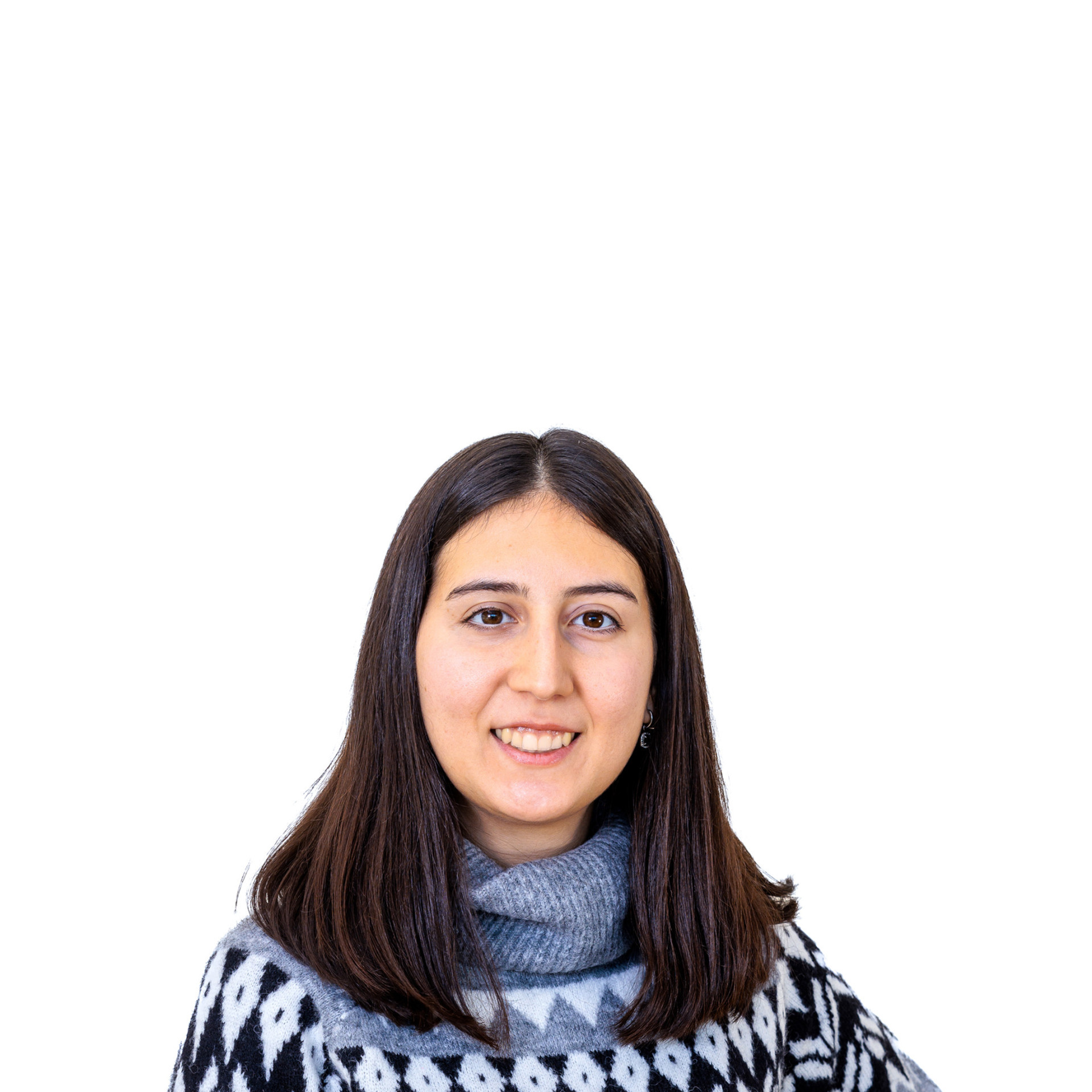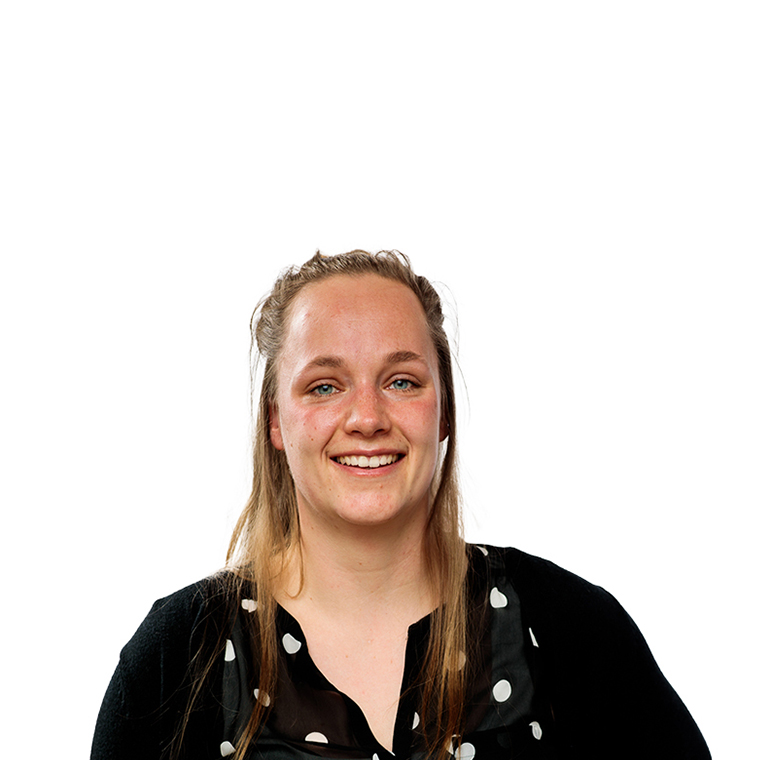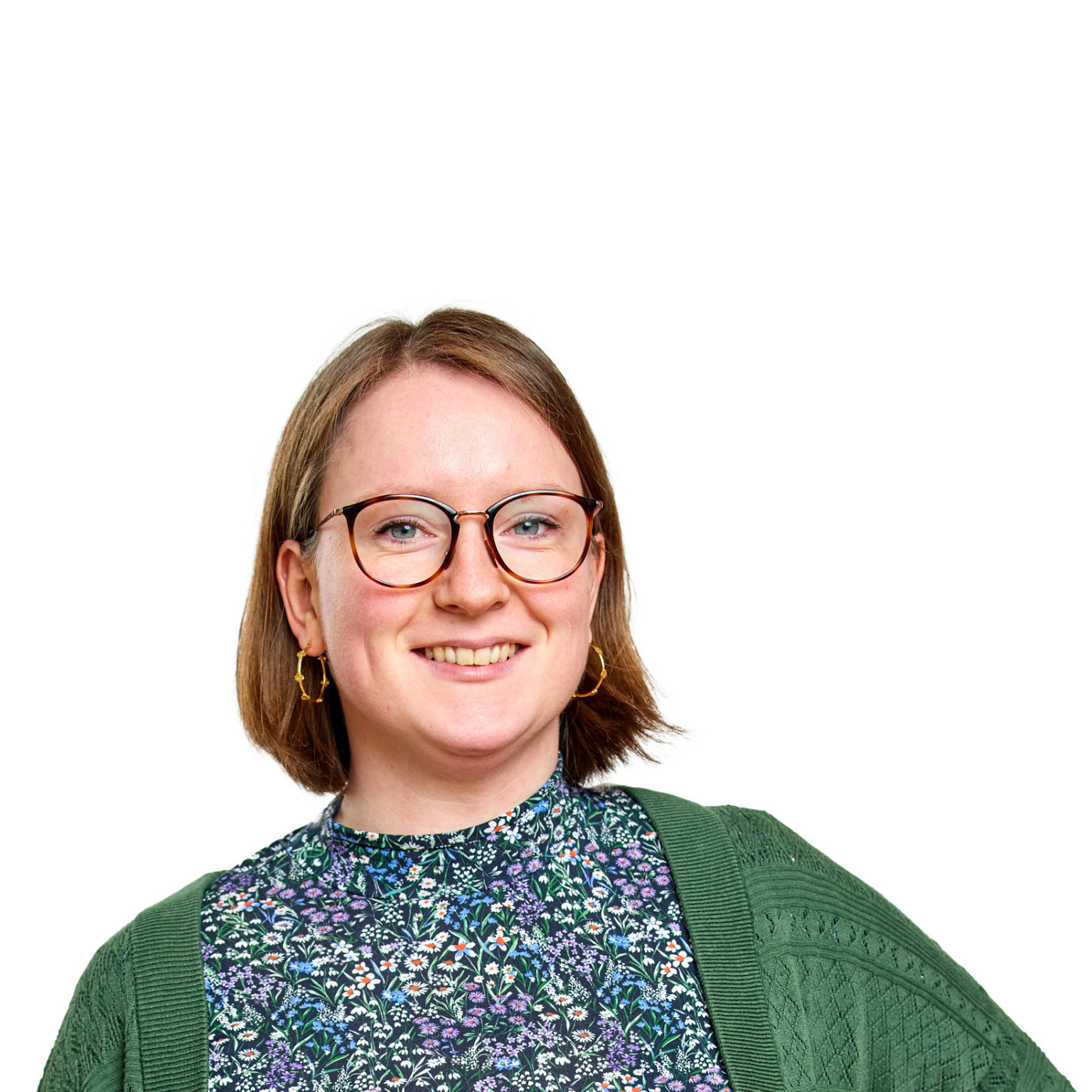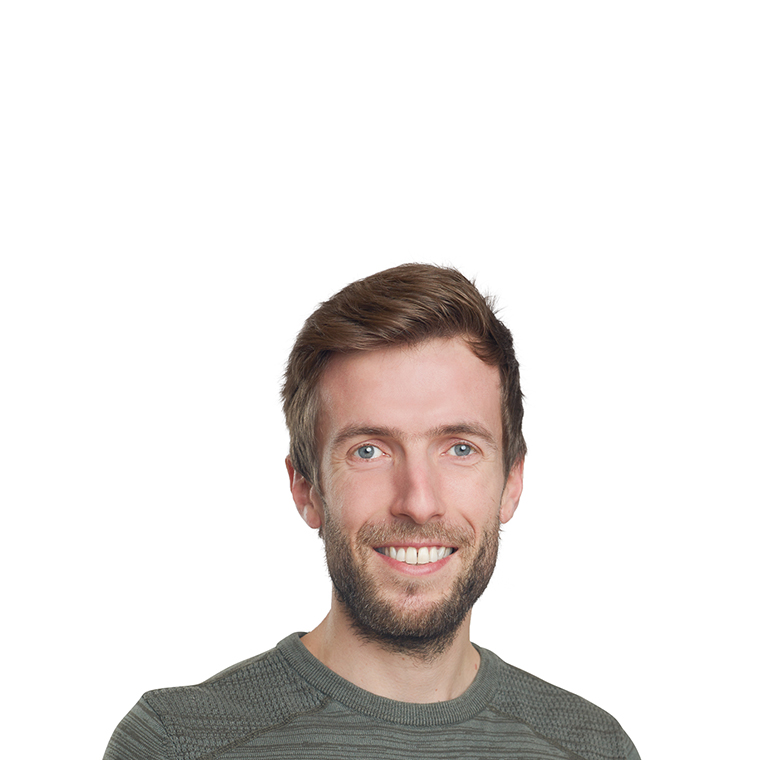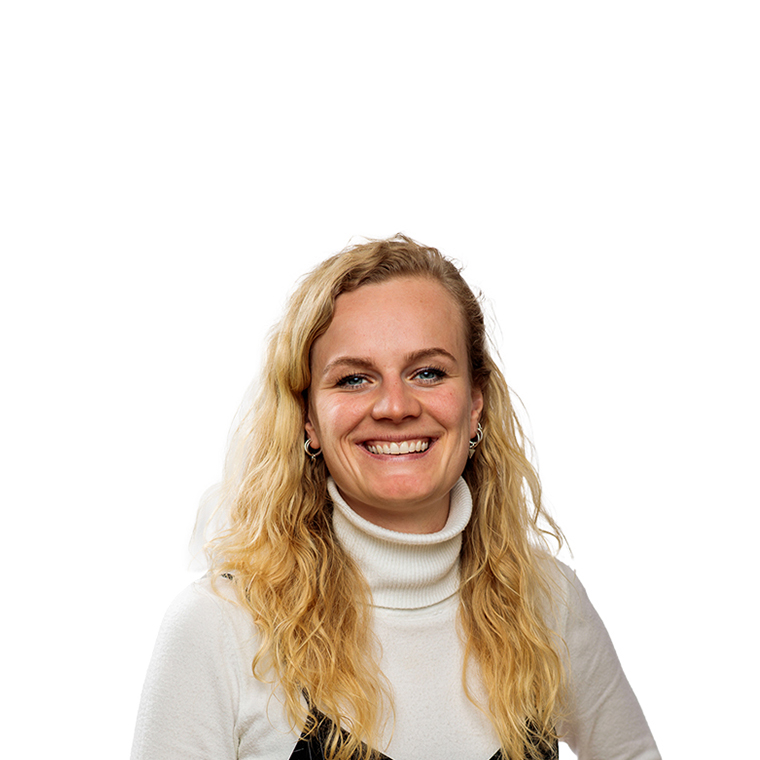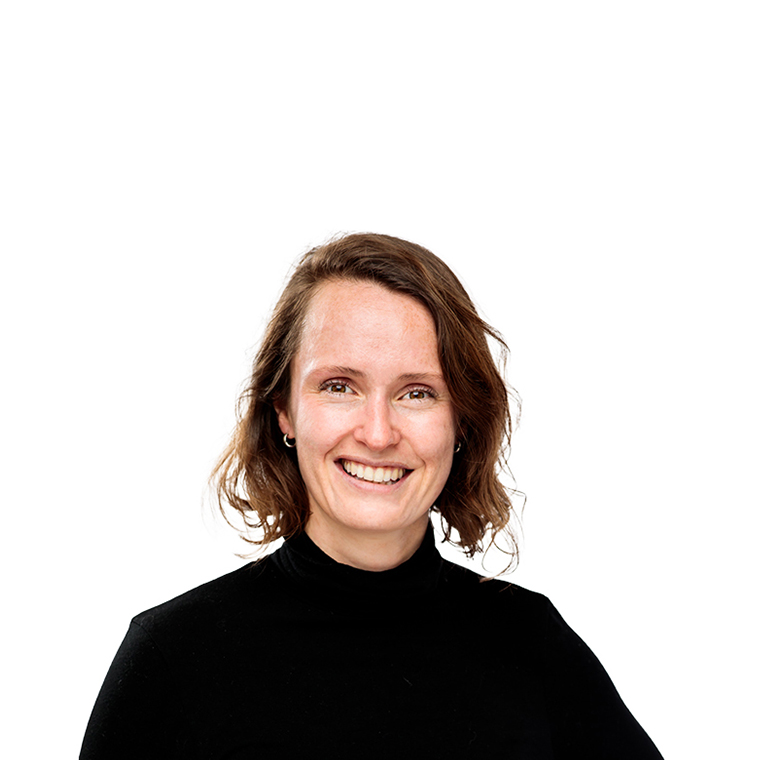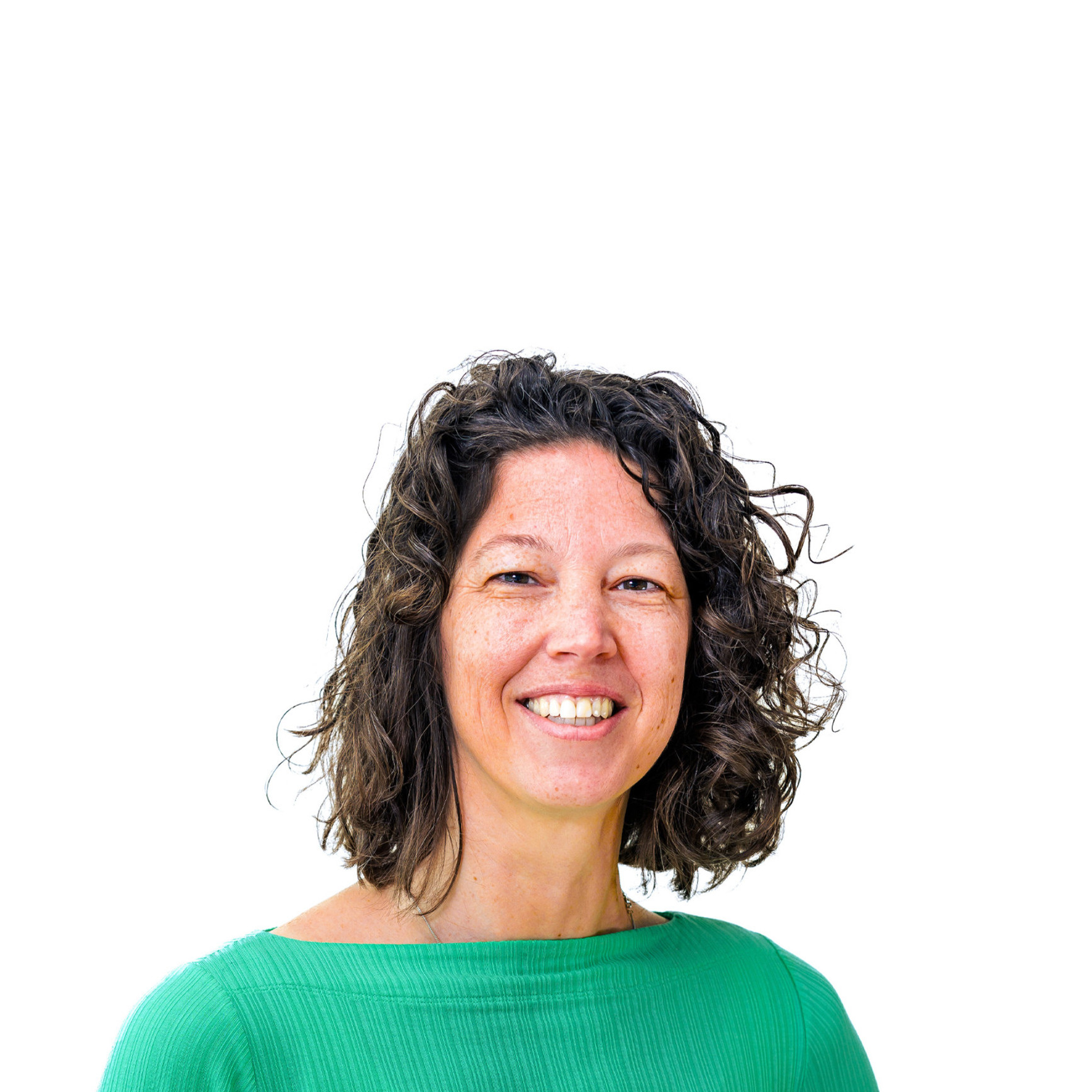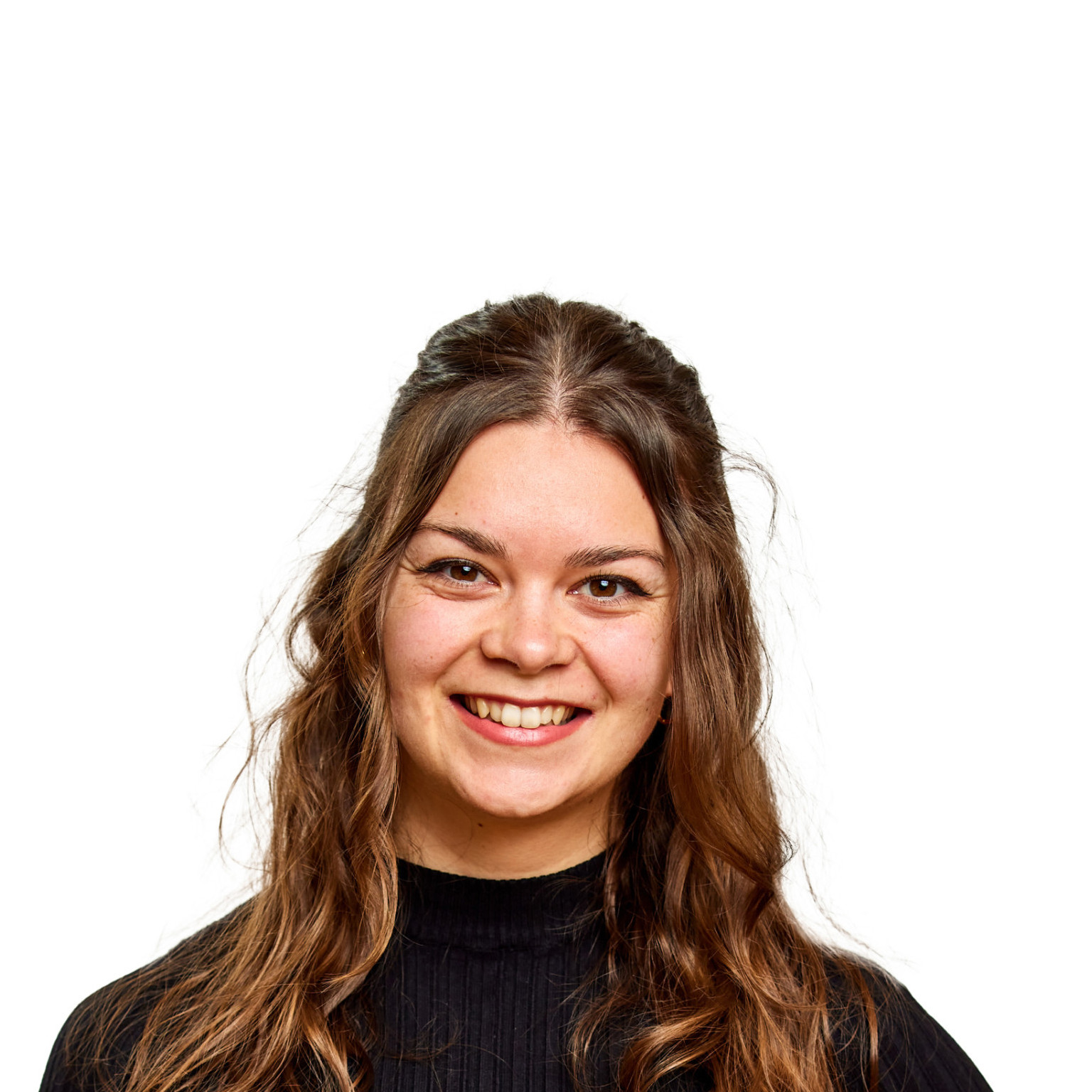Group leader: Stefan Nierkens
Co-group leader: Caroline Lindemans
Hematopoietic cell transplantation
Hematopoietic cell transplantation (HCT) has evolved as a last resort, but potentially curative treatment option for children suffering from hematological malignancies and a variety of non-malignant disorders, such as bone marrow failure, inborn metabolic disease or immune deficiencies. Although efficacy and safety of the HCT procedure has increased tremendously over the last decades, the majority of the patients transplanted for malignant disease still suffers from relapse, severe acute toxicity, infectious complications and/or acute or chronic graft-versus-host disease (GvHD). There is a clear clinical need to increase survival chances and reduce morbidity in children post-HCT.
Many HCT complications are a direct consequence of immune recovery and immune (dys)regulation; Patients with adequate immune recovery have a higher chance to survive viral reactivation and GvHD, and have a lower chance to develop acute myeloid leukemia relapses. Our research therefore specifically aims to increase the efficacy and safety of HCT by optimizing immune recovery and limit immune dysregulation in the reconstituting immune repertoire post-HCT.
Our current research programs focus on:
- Defining markers that associate with adequate or aberrant recovery of immune cells (and their function) and predict clinical outcome post-HCT. We developed an in-depth immune monitoring program for HCT patients to link biological parameters/biomarkers to outcome variables (data and samples stored since 2004). We perform association studies to find predictors in immune reconstitution parameters and define which patients are at risk for adverse effects (viral reactivations, GvHD) and insufficient treatment efficacy (relapse). The immune monitoring program for proteomics and cell phenotypes can be used as a template for the entire Princess Máxima Center.
- The pathophysiology of graft versus host disease and the underlying mechnisms of tissue damage and immune cell activation. We use human intestinal organoid coculture models as an in vitro system, also relevant for studying the immunogenicity of tumor tissues. The in depth analysis of intestinal stem cell damage in GvHD as well as tissue targeted protective therapies are an ongoing collaboration with Alan Hanash, MSKCC New York.
- Pharmacokinetic and pharmacodynamic modeling of drugs used in the conditioning and treatment regimen (busulfan, anti-thymocyte globulin (ATG), fludarabine) to find optimal exposure levels in each patient to erase residual disease with limited toxicity and allow adequate immune recovery. The recently developed personalized dosing strategy for ATG has already been implemented in patient care. Studies on steroids and clofarabine are in progress.
These project are performed in close collaboration with Prof. Huitema.
Functional dynamics of CAR-T cells in ALL
CAR-T therapy has dramatically increased survival of children with refractory and relapsed B cell precursor acute lymphoblastic leukemia (BCP-ALL) and has been implemented as standard of care at the Princess Máxima Center for Pediatric Oncology. Still, due to a limited initial response to therapy or disease relapse, the one-year disease free survival is around 50%. This illustrates the urgent medical need for improvement of therapy efficacy. The variation in response of individual children likely depends on specific leukemia characteristics, the composition of patient-derived apheresis material used to generate the CD19 CAR-T product ex vivo (pre-transfer), and the immune modulatory environment in vivo (post-transfer). The interplay between ALL blasts, CAR-T cells and the hematological microenvironment defines CAR-T expansion, persistence and function. We are therefore studying 1) parameters influencing the expansion and function of CAR-T cells, including fludarabine exposure levels and 2) the dynamic interactions between CAR-T cells, leukemic blasts and MSCs. This setting provides a unique opportunity to decipher mechanisms that underlie CD19 CAR-T function in order to generate predictive therapy biomarkers and eventually develop effective treatment for all children with ALL.
This project is in collaboration with the research groups of Prof. de Boer, Dr. Rios, and Prof. Pieters.
Developing novel cellular therapies
Hematopoietic cell transplantation seems an excellent platform for add-on cell therapy options because 1. the low minimal residual desease burden limits the presence of immune suppressive factors and 2. the immunological re-set post-transplant with a novel allogeneic immune system could support anti-leukemic activity.
We are developing advanced cellular therapy strategies from graft (stem) cells to support post-transplant immune recovery and activate anti-tumor immunity against pediatric cancers. We will open a phase I/II safety trial with cord blood stem cell-derived dendritic cell vaccination in children with AML in need of a transplant. This will be the first investigator-initiated cell therapy in the Princess Máxima Center: U-DANCE Trial (funded by Kika, NWO ZonMW-TAS; CCMO NL65115.000.18).
In addition, we set up an innovative method for lentiviral vector transduction, in combination with Crispr-Cas technology, to gene-modify graft-derived T cells (TCR or CAR-T). A recently-developed method for transduction of cord blood stem cells and subsequent in vitro differentiation in anti-tumor specific T cells would allow further development of an allogeneic off-the-shelf product (KWF high-risk project).
In collaboration with Sebastiaan van Heesch, a pipeline is being developed for novel target discovery, vector design and gene-modification to allow generation of novel cellular therapies against pediatric tumors.
- Development of new immune therapies for treatment of pediatric cancer patients - Stichting Reggeborgh (2023-2027) Together with the Van Heesch group
- Immunoprofiling of cerebrospinal fluid of pediatric brain tumor patients - KITZ-Máxima grants (2022-2024)
- Treatment of cancer with Immune Checkpoint Inhibition therapy boosted by High Intensity Focused Ultrasound Histotripsy; the Histo-ICI study - FUS Foundation Research Award (2022-2023)
- Proposal for the shared infrastructure project Liquid biopsy - KITZ-Máxima grants - Together with Looijenga group and Tytgat group (2021-2022)
- Identify targets to modulate CAR-T cell functionality using advanced 3D co-culture and imaging technologies: Towards better survival of pediatric BCP-ALL patients - ODAS Foundation – Together with Rios and den Boer group and Dr. Friso Calkoen – (2021-2024)
- Joining forces to activate T cell immunity against high-risk neuroblastoma – Villa Joep - van Heesch and Molenaar group (2021-2025)
- Cancer Immunotherapy in Children: A Multiparameter Integrated Program – FOCA - van Heesch group (2021-2025)
- Development of a novel method to generate a cord blood-stem cell derived T-cell immunotherapy against leukemia relapse - KWF/Alpe Unique High-Risk Project (2019-2020)
- Modulating immunogenicity of Neuroblastoma; search for therapeutic drugs – VillaJoep (2018-2022)
- Development of superior Wilms’ Tumor 1 specific gene modified cord blood T cells to treat refractory acute myeloid leukemia patients – KWF – (2017-2020)
- Towards powerful "anti-AML immunity" after cord blood transplantation – KiKa (2014-2022)
- Developing a dendritic cell vaccine post-transplantation for relapsed pediatric AML – ZonMW - 2012
Princess Máxima Center Foundation
Donations are regularly received through the Princess Máxima Center Foundation. With gratitude, the Nierkens group spends these donations on research with the aim to apply spectral flow cytometry to enhance immune monitoring.
- de Koning C, Prockop S, van Roessel I, Kernan N, Klein E, Langenhorst J, Szanto C, Belderbos M, Bierings M, Boulad F, Bresters D, Cancio M, Curran K, Kollen W, O'Reilly R, Scaradavou A, Spitzer B, Versluijs B, Huitema A, Lindemans C, (shared) Nierkens S & Boelens JJ. CD4+ T-cell reconstitution predicts survival outcomes after acute graft-versus-host-disease: a dual-center validation. 2021 Feb 11;137(6):848-855. doi: 10.1182/blood.2020007905. PMID: 33150379.
- de Koning C, Gabelich JA, Langenhorst J, Admiraal R, Kuball J, Boelens JJ, Nierkens S. Filgrastim enhances T-cell clearance by antithymocyte globulin exposure after unrelated cord blood transplantation. Blood Adv. 2018 Mar 13;2(5):565-574. doi: 10.1182/bloodadvances.2017015487. PMID: 29535105; PMCID: PMC5851423.
- Dekker L, de Koning C, Lindemans C, Nierkens S. Reconstitution of T Cell Subsets Following Allogeneic Hematopoietic Cell Transplantation. Cancers (Basel). 2020 Jul 20;12(7):1974. doi: 10.3390/cancers12071974. PMID: 32698396; PMCID: PMC7409323.
- Plantinga M, Lo Presti V, de Haar CG, Dünnebach E, Madrigal A, Lindemans CA, Boelens JJ, Nierkens S. Clinical Grade Production of Wilms' Tumor-1 Loaded Cord Blood-Derived Dendritic Cells to Prevent Relapse in Pediatric AML After Cord Blood Transplantation. Front Immunol. 2020 Sep 25;11:559152. doi: 10.3389/fimmu.2020.559152. PMID: 33101274; PMCID: PMC7546401.
- Lo Presti V, Buitenwerf F, van Til NP, Nierkens S. Gene Augmentation and Editing to Improve TCR Engineered T Cell Therapy against Solid Tumors. Vaccines (Basel). 2020 Dec 3;8(4):733. doi: 10.3390/vaccines8040733. PMID: 33287413; PMCID: PMC7761868.
- Takashima S. §, Martin M. L. §, Jansen S.A. §, Fu Y, Bos J, Chandra D, O’Connor MH, Mertelsmann AM, Vinci P, Kuttiyara J, Devlin SM, Middendorp S, Calafiore M, Egorova A, Kleppe M, Lo Y, Shroyer NF, Cheng EH, Levine RL, Liu C, Kolesnick R, (shared) Lindemans CA and Hanash AM T-cell-derived Interferon-γ programs stem cell death in immune-mediated intestinal damage. Science Immunology 2019, dec 6 2019
- Zinter MS & Lindemans CA (shared), Versluys BA, Mayday MY, Sunshine S, Reyes G, Sirota M, Sapru A, Matthay MA, Kharbanda S, Dvorak CC, Boelens JJ, DeRisi JL. The pulmonary metatranscriptome prior to pediatric HCT identifies post-HCT lung injury. Blood. 2021 Mar 25;137(12):1679-1689. doi: 10.1182/blood.2020009246.
Pictures/videos:


